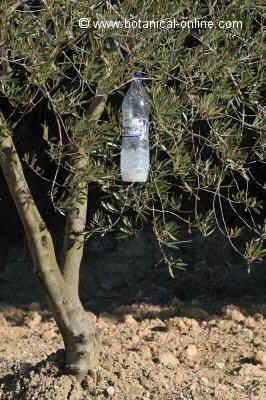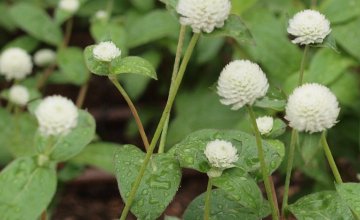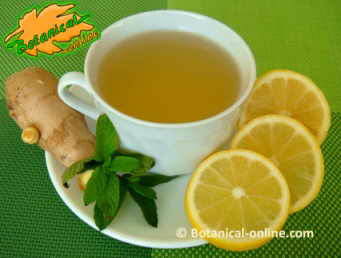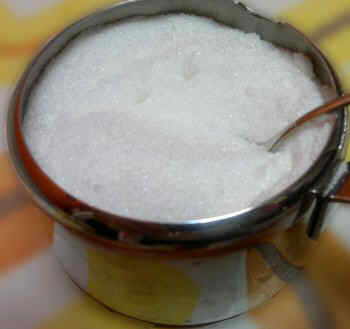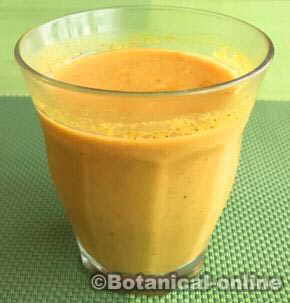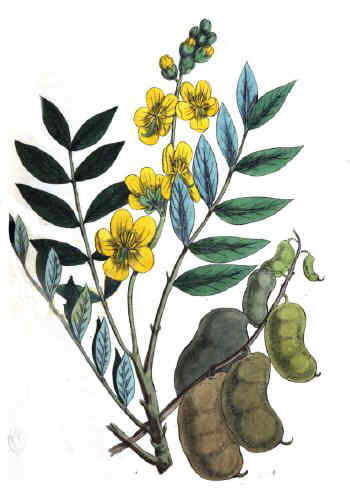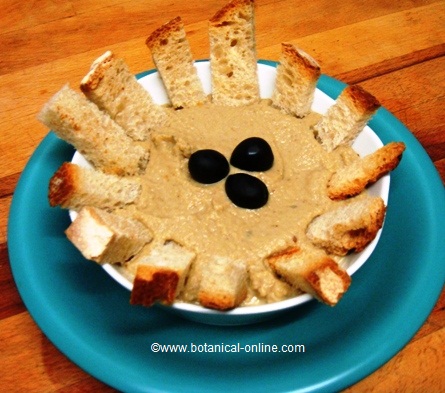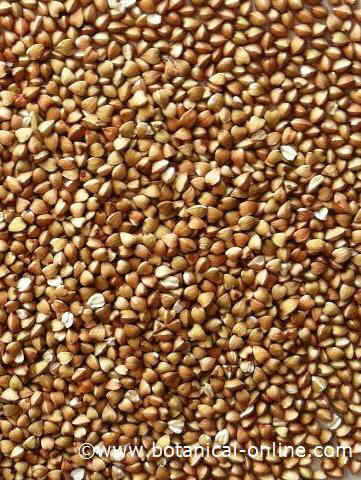Contents
- 1 Nutritional properties of purslane
- 1.1 What does purslane provide?
- 1.2 Nutritional value of purslane
- 1.3 Omega 3 of purslane
- 1.4 What vitamins and minerals does purslane have?
- 1.5 Does purslane have a lot of protein?
- 1.6 Oxalates of purslane
- 1.7 Purslane to sleep?
- 1.8 NUTRITIONAL COMPOSITION OF PURSLANE
- 1.9 Precautions when gathering wild purslane
- 1.10 Recipes with purslane
Nutritional properties of purslane
What does purslane provide?
Purslane (Portulaca oleracea) is an edible wild plant that for many years has been consumed as a vegetable. In fact, in many countries you can find purslane on the shelves of supermarkets today.
This plant is very interesting because of its high content of fiber, omega 3, iron, calcium, vitamin A and magnesium, since it exceeds the nutritional value of most cultivated vegetables.
Nutritional value of purslane
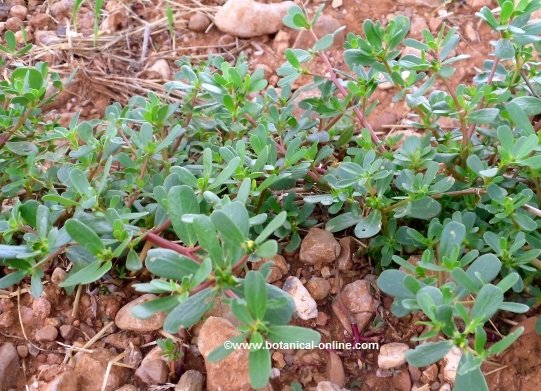
Photo of wild purslane
Purslane is rich in mucilage, a type of soluble fiber with emollient properties to soften tissues and relieve irritation. These properties are widely used in diets for stomach ulcers or gastritis, to improve digestive well-being.
These mucilages also have an intestinal regulating effect, to solve constipation, and help reduce cholesterol.
It is considered a very diuretic and refreshing plant, probably due to the action of its alkaloids, and is recommended in those people who should increase their diuresis: urinary infections, obesity, gout…
Omega 3 of purslane
Purslane has surprised many researchers for being one of the herbaceous plants with the highest content of omega 3 (linolenic acid), even greater that in spirulina.
Omega 3 is a potent anti-inflammatory very interesting for those with pain, arthritis or obesity, diseases that occur with a certain degree of inflammation of the body.
In addition, for its content in fiber and antioxidants (flavonoids and vitamins of purslane), added to the benefits of omega 3, it is an excellent vegetable for people with heart problems, hypertension, diabetes, high cholesterol and poor circulation.
What vitamins and minerals does purslane have?
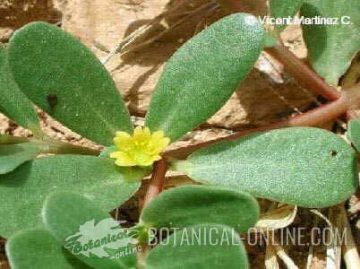
Purslane stands out above all for its high content of calcium and magnesium (in a 1: 1 ratio), iron and vitamin A.
Many authors have described it as a very suitable vegetable for its contribution of calcium and magnesium, which are indispensable minerals for the formation of bones and for the maintenance of alkalinity in the body.
It is also very convenient in the diet for anemia, since it is one of the leafy green vegetables that provides more iron.
Does purslane have a lot of protein?
Purslane contains 2 grams of protein per 100g, which is the same amount of protein that spinach provides. It is an acceptable amount, although it should be recognized that there are other very large sources of protein in the diet.
For example, we find 5 grams of protein in 6 walnuts, 1 egg or in a yogurt, which are much more dense in this nutrient.
Oxalates of purslane
One of the disadvantages of eating purslane, and the main point by which sometimes caution is mentioned with the consumption of this plant, is for its content in oxalates. Purslane has 450 mg of oxalates per 100g, which is a fairly high quantity of oxalates, similar to boiled spinach.
The main problem with oxalates is that, consumed in excess, they can be irritating to the digestive mucosa and also prevent the absorption of some minerals such as calcium or iron. All these small inconveniences are avoidable if they consume verdolagas in normal quantities, and if they are combined with foods rich in calcium, such as a bit of cheese or a yogurt for dessert.
On the other hand, these components are eliminated in the urine. Foods with oxalates should not be taken in excess by those with a tendency to suffer from kidney stones, heartburn, arthritis, rheumatism and gout.
* More information: Oxalates and kidney stones
Purslane to sleep?
Some scholars have found melatonin in fresh purslane leaves. Melatonin is a hormone that our body produces to prepare the body for nighttime rest. This component has also been linked to the delay of premature aging and cancer (more information). By this mechanism, eating verdolagas at dinner could help improve the rest.
NUTRITIONAL COMPOSITION OF PURSLANE
Below is a table with the nutritional composition of purslane:
| Nutritional composition of raw purslaneper 100 g. | |
| Water | 92,86 g. |
| Calories | 20 Kcal |
| Fat | 0,36 g |
| Proteins | 2,03 g. |
| Carbohydrates | 3,39 g. |
| Potassium | 494 mg. |
| Sodium | 45 mg. |
| Phosphorus | 44 mg. |
| Calcium | 65 mg. |
| Magnesium | 68 mg. |
| Iron | 1,99 mg. |
| Zinc | 0,17 mg. |
| Vitamin C | 21 mg. |
| Vitamin B1 (Thiamin) | 0,047 mg. |
| Vitamin B2 (Riboflavin) | 0,112 mg. |
| Niacin (B3) | 0,480 mg. |
| Vitamin B6 (Pyridoxine) | 0,073 mg. |
| Vitamin A | 1.320 IU. |
| Folic acid (folacin) | 12 mcg. |
Precautions when gathering wild purslane
The safest way to take purslane is to cultivate it in our garden, since it is an undemanding plant that does not require special care. In this way we make sure that it is not contaminated.
Due to the popularity of purslane as an edible wild plant, it is necessary to remember that when harvesting wild plants, one must be very careful. First, you must know the plant and know how to identify it. The plants may be contaminated if there is a presence of nearby grazing animals, in which case they should not be taken. Likewise, they should not have residues of pesticides or chemicals, especially in the case of nearby crops.
The food safety councils recommend washing the leaves of the plant very well and adding vegetable sterilizers when washing the leaves, especially when they come from the field.
Recipes with purslane
Purslane has been very consumed in the antiquity, although at the moment many people who do not know it and consider it a weed of the orchard.
The simplest way to consume purslane is as an edible leaf, similar to spinach: in salads, soups, vegetable creams, on toast, etc. They can also be mixed in recipes such as rice, pasta, stews, …
- It is delicious to add purslane to vegetable creams because purslane mucilages give it a lot of creaminess.
* Related information:
– Other wild plants edible leaves
![]() More information on edible wild plants.
More information on edible wild plants.

